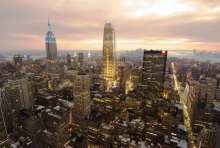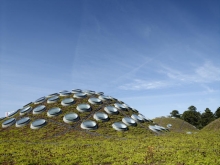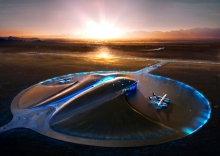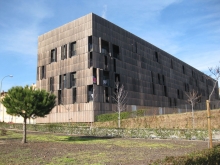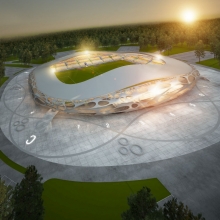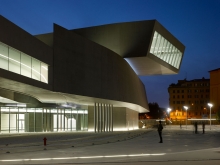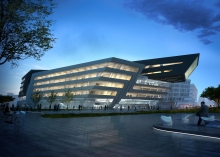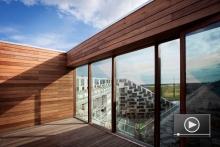15 Penn Plaza by Pelli Clarke Pelli Architects
An Un-Welcome Addition to NYC's Skyline
The Empire State Building is an emblem for New York City and has dominated the Midtown Manhattan skyline for 80 years. Following 9/11, it reclaimed the status of the city's tallest building, but soon it may have some close competition. Developer Vornado Realty Trust is financing the construction of a $3 billion tower designed by Pelli Clarke Pelli Architects that will rise 1,216'-0" (370.6 m) -- only 34'-0" (10.4 m) shorter than the Empire State Building. The new 15 Penn Plaza tower will be located only two blocks away, on the site of the historic Hotel Pennsylvania near Penn Station. While some citizens and officials believe that New York is a perpetually evolving city and should welcome new additions, others balk at the prospect of the bulky new tower.
